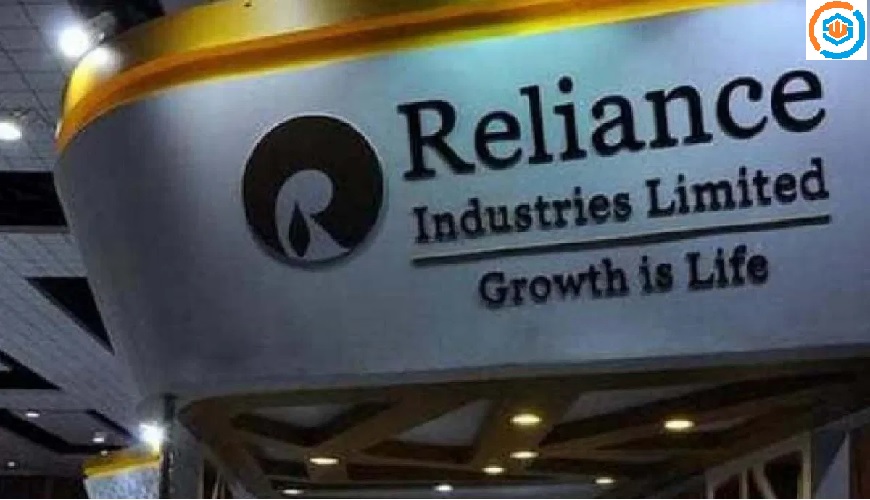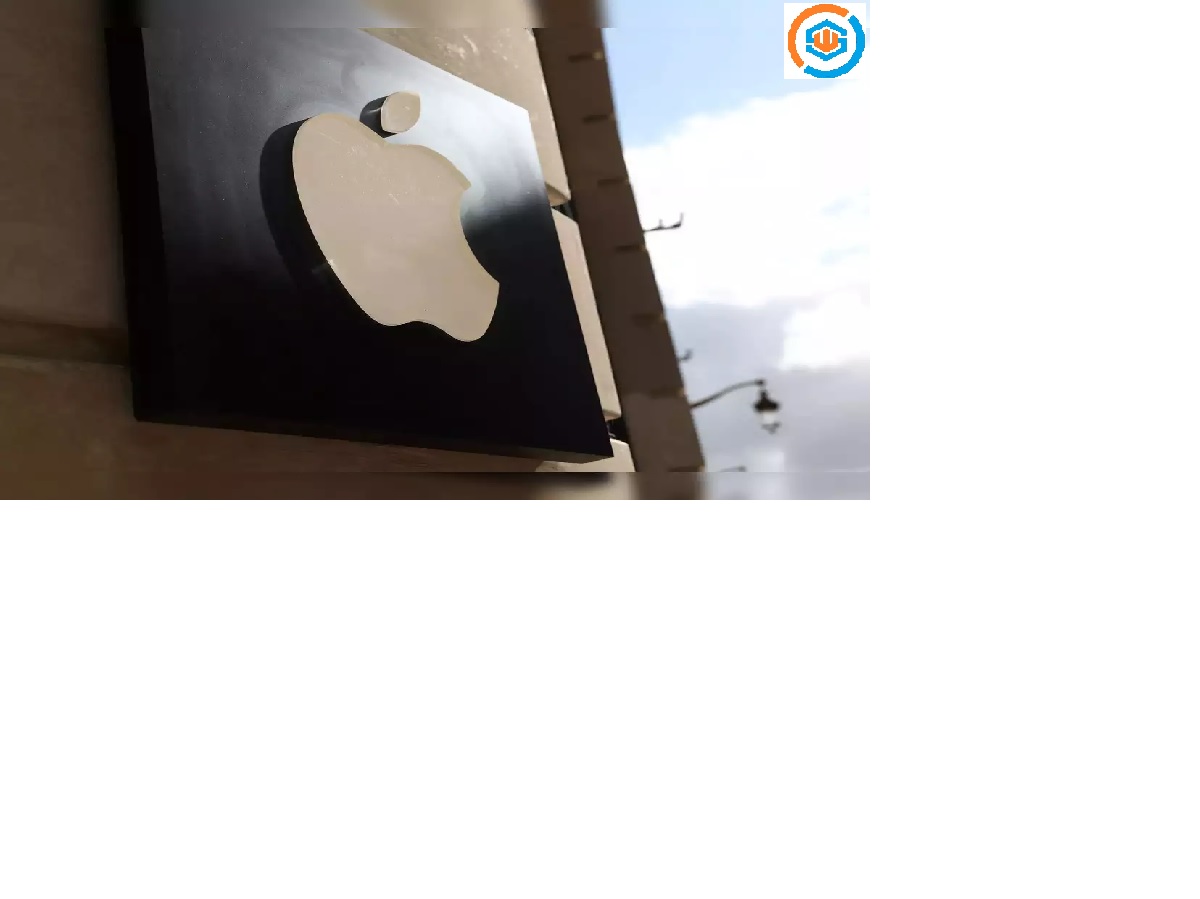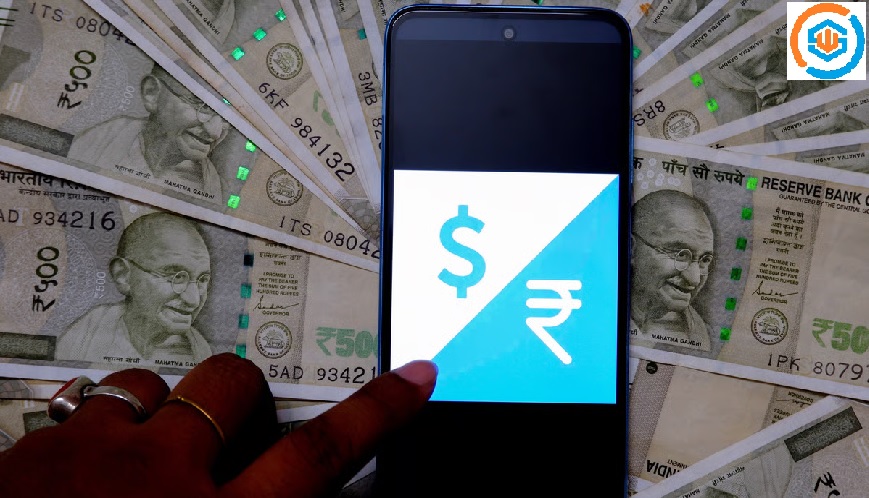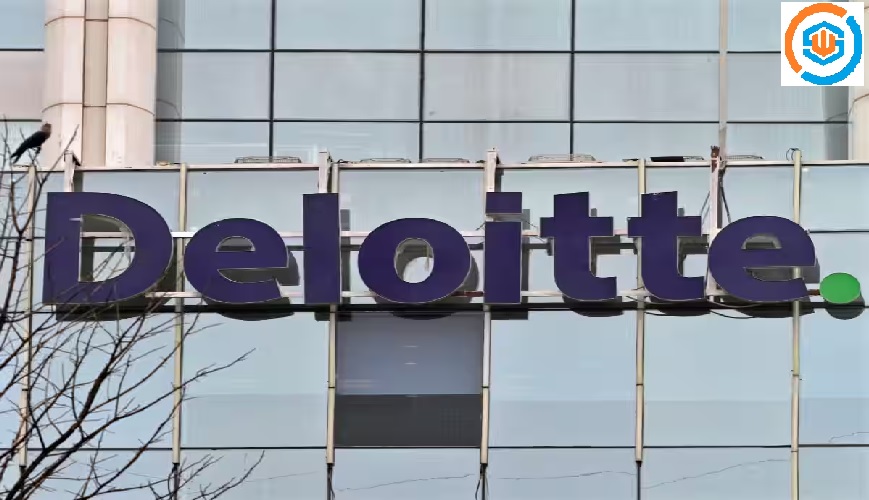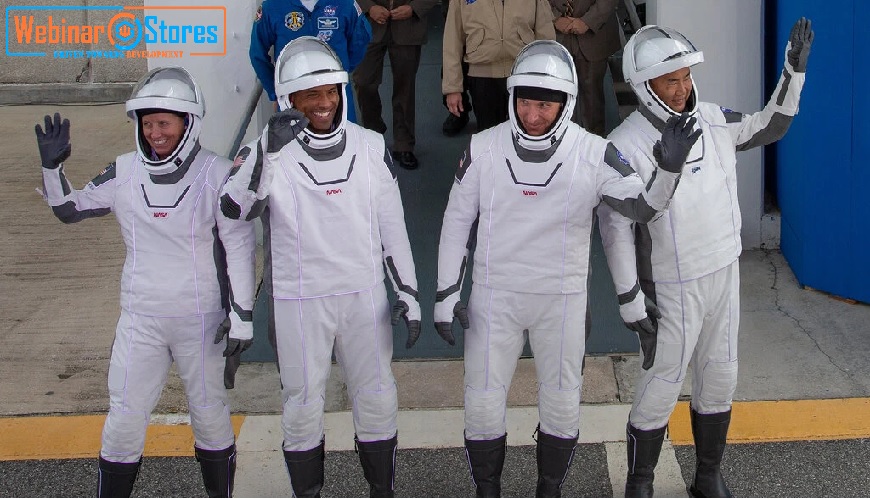
- 19 Nov
- 2020
Highlights From SpaceX’s Crew Dragon Astronaut Launch for NASA
Highlights From SpaceX’s Crew Dragon Astronaut Launch for NASA
‘One heck of a ride’: 4 astronauts lift off in a SpaceX capsule named Resilience.
SpaceX carried four astronauts to orbit on Sunday night, overcoming iffy weather and brief delays with the inside seal of a spacecraft hatch. After a trip of some 27.5 hours in orbit, the astronauts will dock with the International Space Station and begin a six month stay.
At 7:27 p.m. Eastern time, the nine engines of the private company’s Falcon 9 rocket roared to life and brightened the night sky as the rocket arced over the Atlantic Ocean.
The four astronauts on this flight are Michael S. Hopkins, Shannon Walker and Victor J. Glover of NASA, and Soichi Noguchi, a Japanese astronaut.
About an hour after launching, Colonel Hopkins, the mission’s commander, remarked on the beauty of the crew’s view of Earth from orbit, then thanked the staff at SpaceX that made the launch possible.
“That was one heck of a ride,” he said, adding that the astronauts were all smiles on the way up.
“Resilience is in orbit,” he added.
In the future, instead of relying on government-operated spacecraft, NASA astronauts and anyone else with enough money can buy a ticket on a commercial rocket.
NASA designated Sunday night’s launch as the first operational flight of the Crew Dragon spacecraft built and operated by SpaceX, the rocket company started by Elon Musk. The four astronauts aboard — three from NASA and one from JAXA, the Japanese space agency — left Earth from the Kennedy Space Center in Florida.
NASA and SpaceX last week completed the certification process, which issue the space agency’s seal of approval that SpaceX has met the specifications set out for regularly taking NASA astronauts to orbit. This launch, known as Crew-1, is a regularly scheduled trip to take four crew members for a six-month stay at the space station.
“It marks the end of the development phase of the system,” Phil McAlister, director of commercial spaceflight development at NASA, said in a telephone interview with reporters on Thursday. “For the first time in history, there is a commercial capability from a private sector entity to safely and reliably transport people to space.”
A live video stream from NASA showed the astronauts in good spirits in the suit-up room as they put on their modern SpaceX flight suits. As numerous SpaceX technicians in black uniforms and face masks assisted them, the astronauts smiled and took photos with visitors, including Jim Bridenstine, the administrator of NASA, and Gwynne Shotwell, the president and chief operations officer of SpaceX.
ust after 4 p.m., the astronauts got into Tesla cars with license plates that said “L8RERTH.” They said goodbye to their families and began a drive to the launchpad that took about 20 minutes.
This is the first of what NASA calls “operational” flights of the Crew Dragon. In May, there was a demonstration mission, with two NASA astronauts — Robert Behnken and Douglas Hurley — aboard. That launch, in a capsule named Endeavour, was the first time that a crewed mission had lifted off from the United States to orbit since the retirement of NASA’s space shuttles in 2011. Its return was also the first water landing by astronauts aboard an American spacecraft since the Apollo capsules stopped flying in the 1970s.
NASA has been relying on Russian Soyuz rockets to get its astronauts to the space station. That has become increasingly expensive, rising to a cost of more than $90 million a seat.
Note: - As every caution has been taken to provide our readers with most accurate information and honest analysis. Please check the pros and cons of the same before making any decision on the basis of the shared details.


